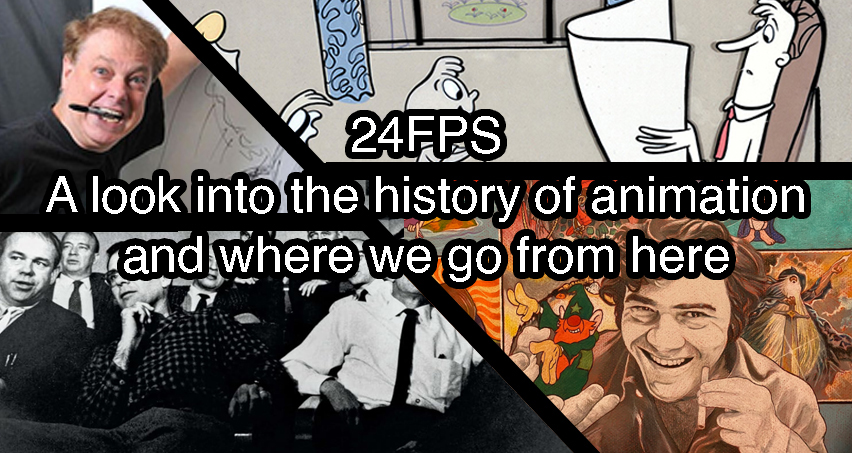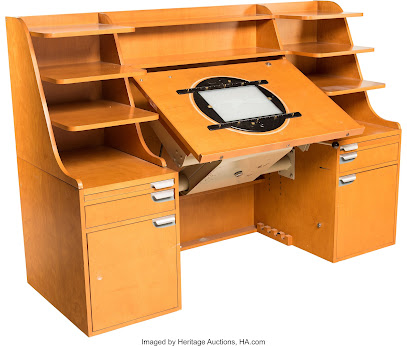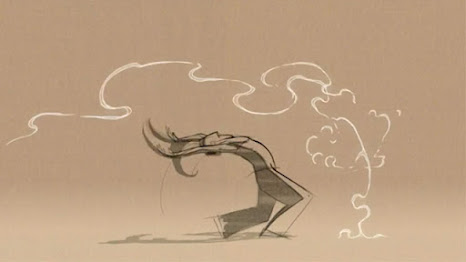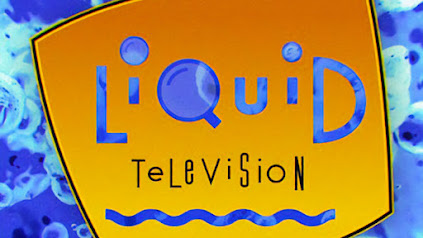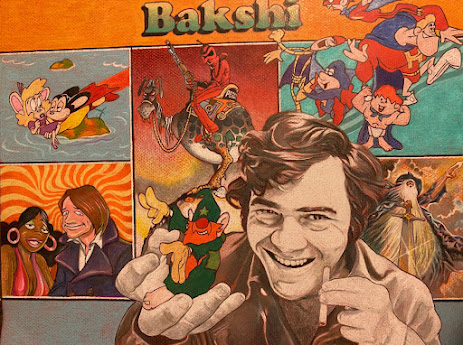Spike and Mike's Sick and Twisted Festival of Animation

Craig "Spike" Decker and Mike Gribble, known as "Spike & Mike" started a film festival in the 1970s as a means of promoting rock bands, horror films, and classic movies. Around 1977 they started airing very popular anaimtion shorts from the local area, and these became so popular that it spawned it's own Festival of Animation. Soon, Spike and Mike were getting so many requests from filmmakers all over the country, it became obvious that they needed to expand. Soon they were taking the festival on a 50-city tour. Responding to the social demands at the time, Spike and Mike started the Sick and Twisted Festival of Animation in 1990. There were alot of R-rated animations being produced in the states and overseas, that could not get distribution in the states. These film makers were looking for a way to show their films to a more open-minded audience, and the Sick and Twisted Festival of Animation was a great way to do that. These were ...
